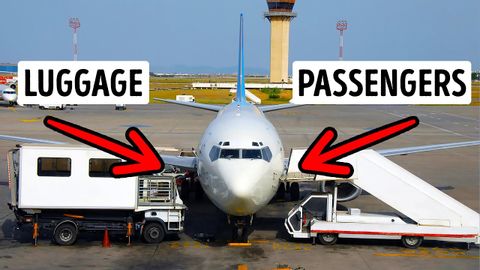
Subtitles & vocabulary
Why You Board the Plane from the Left
00
林宜悉 posted on 2020/03/13Save
Video vocabulary
spot
US /spɑt/
・
UK /spɒt/
- Noun
- A certain place or area
- A difficult time; awkward situation
- Transitive Verb
- To see someone or something by chance
A2TOEIC
More consume
US /kənˈsum/
・
UK /kən'sju:m/
- Transitive Verb
- To eat, drink, buy or use up something
- To take all your energy; focus the attention
A2TOEIC
More consumption
US /kənˈsʌmpʃən/
・
UK /kənˈsʌmpʃn/
- Noun (Countable/Uncountable)
- The act of buying and using products
- The act of using energy, food or materials; the amount used
B1
More obstacle
US /ˈɑbstəkəl/
・
UK /ˈɒbstəkl/
- Noun (Countable/Uncountable)
- Object that blocks a path or course
- A difficulty or challenge that hinders progress.
B1
More Use Energy
Unlock All Vocabulary
Unlock pronunciation, explanations, and filters
